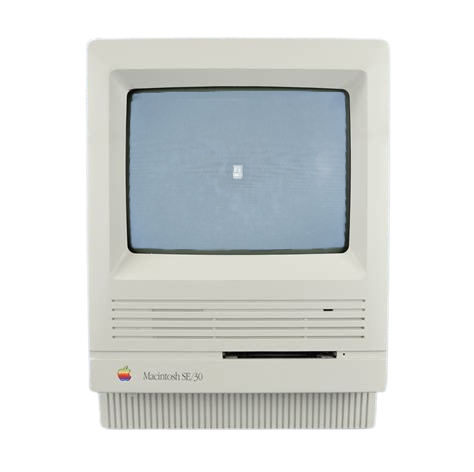

Currently I am working on restoring another Macintosh SE/30 for 2025 MARCHintosh. It's funny I didn't start either project with the specific intention of being a part of MARCHintosh but somehow I have acquired almost the same computer, components and bag for both the 2024 project and this year's project. Once I realized what I had done, I knew there was only one way to do this. Record the entire project on video. I expect the footage to be available some time in April. More on that soon. At first I was going to showcase a logic board recap. Clean the SE/30 and it's accessories thoroughly similar to what my plan was last year. However as I finished the logic board I could still smell electrolyte within the SE/30 with the logic board fully removed. I figured I could recap the PSU as that seemed like the possible source of the smell. I completed both the Logic Board and PSU recap, however with only the analog board left, it seemed incomplete, so opted to make this a full showcase of a complete recap of all of the boards within the SE/30. The recap went very well, unlike last year, I had no additional faults caused by the recap and no other surprise faults. The logic board was surprisingly clean (although there were small signs of capacitor leakage). If I were to do this project all over again I would have ordered all of the capacitors with one order instead of three separate orders. However, as my decision evolved the orders were just one week after another. So I paid more in shipping than I should have.
More soon.